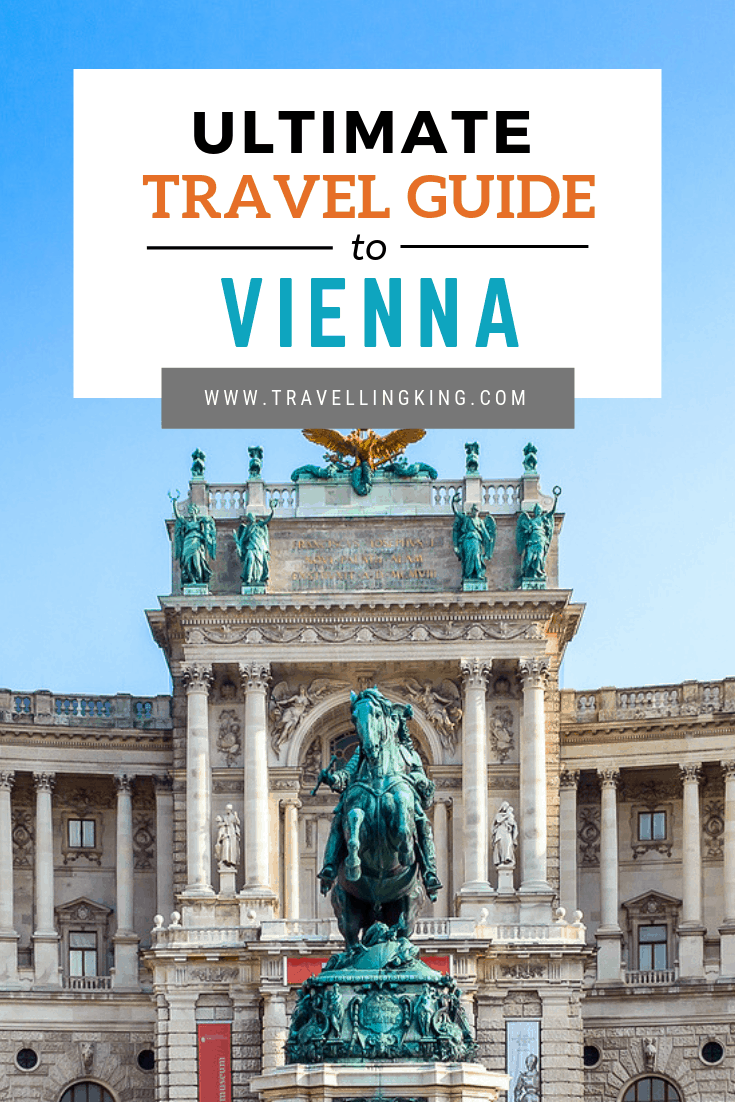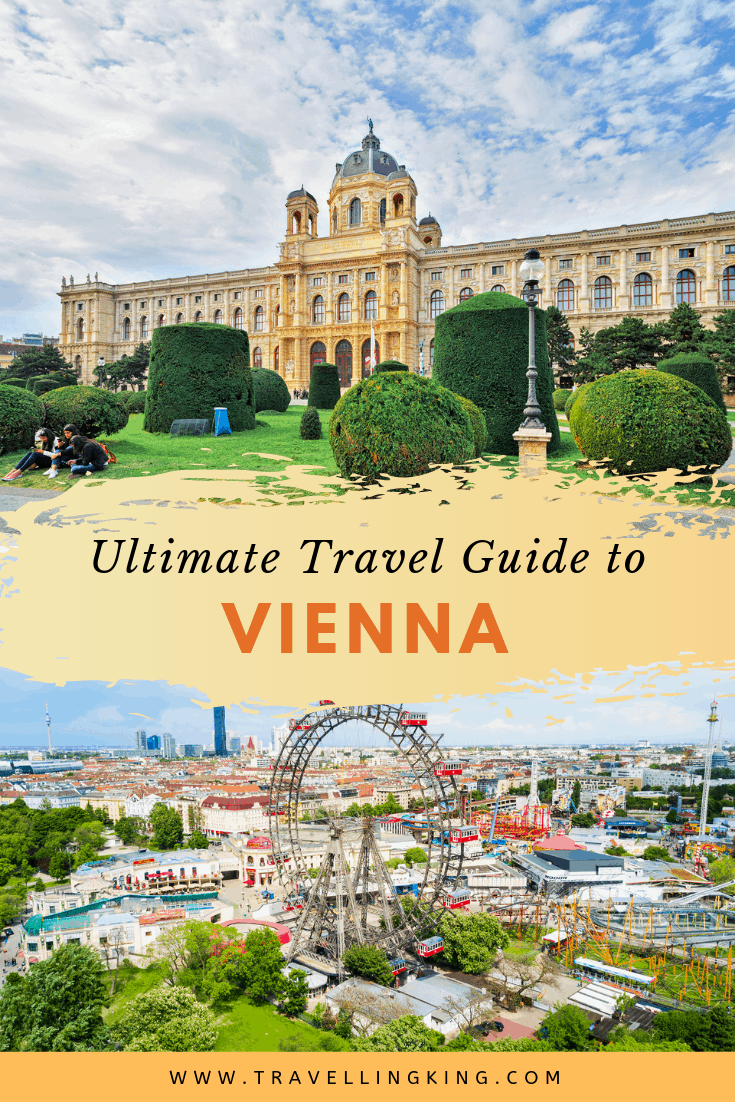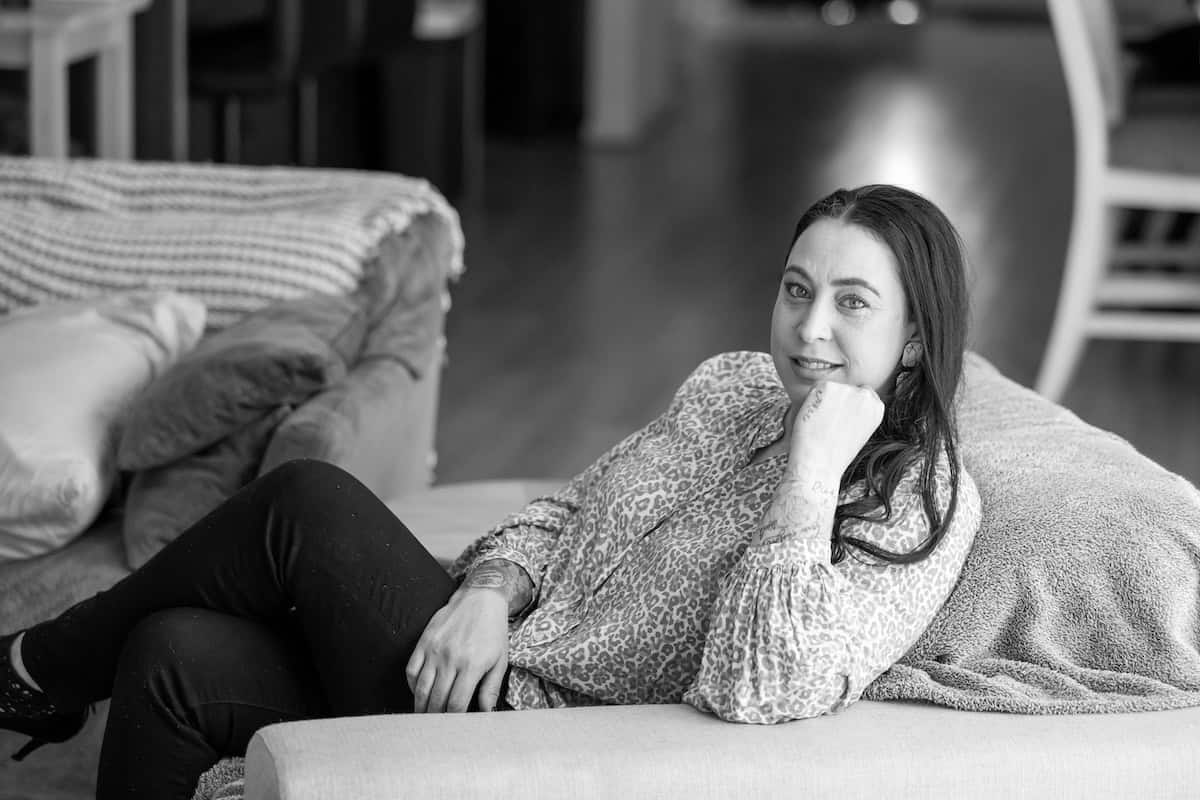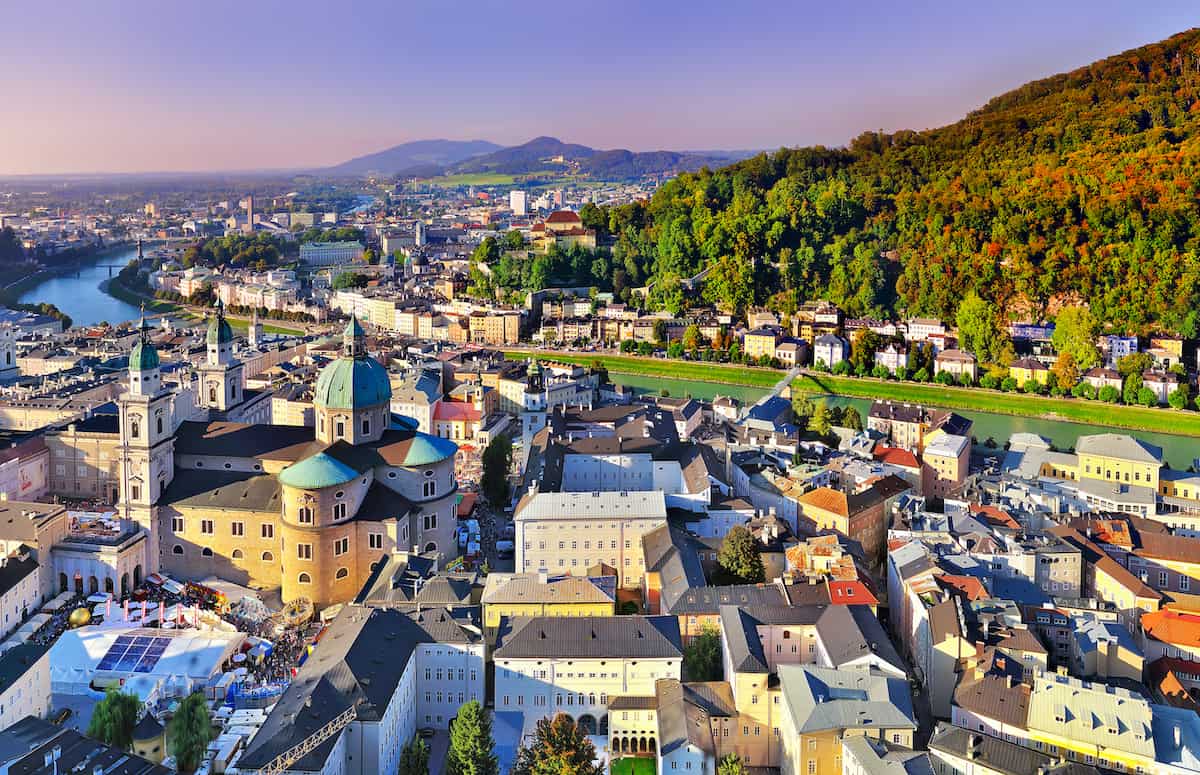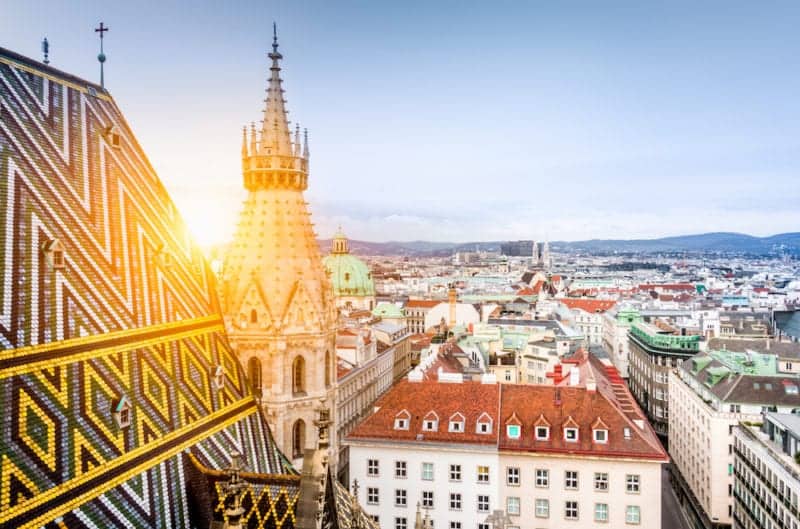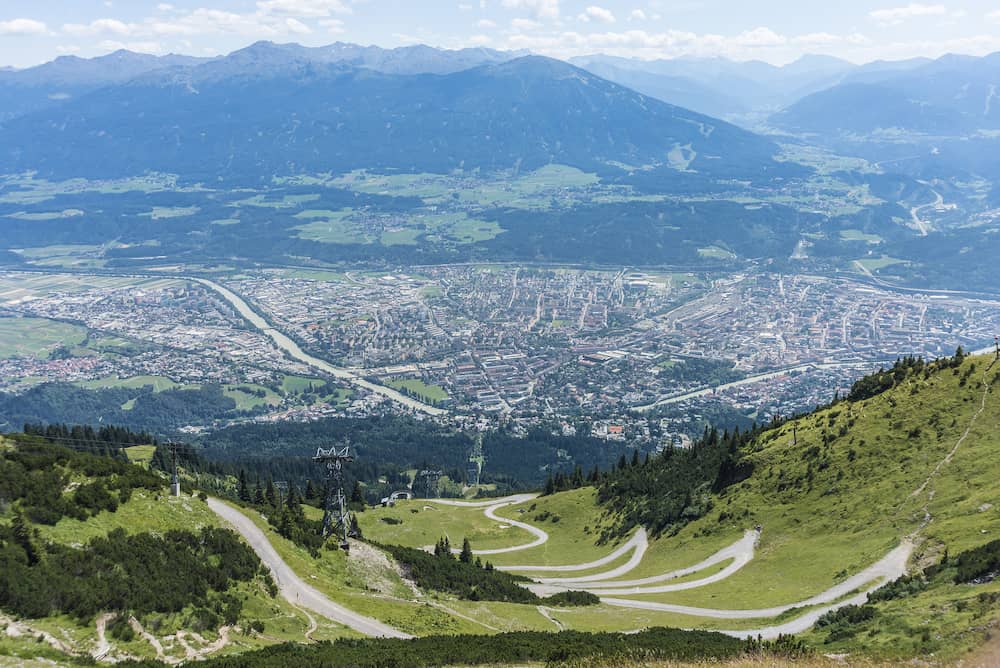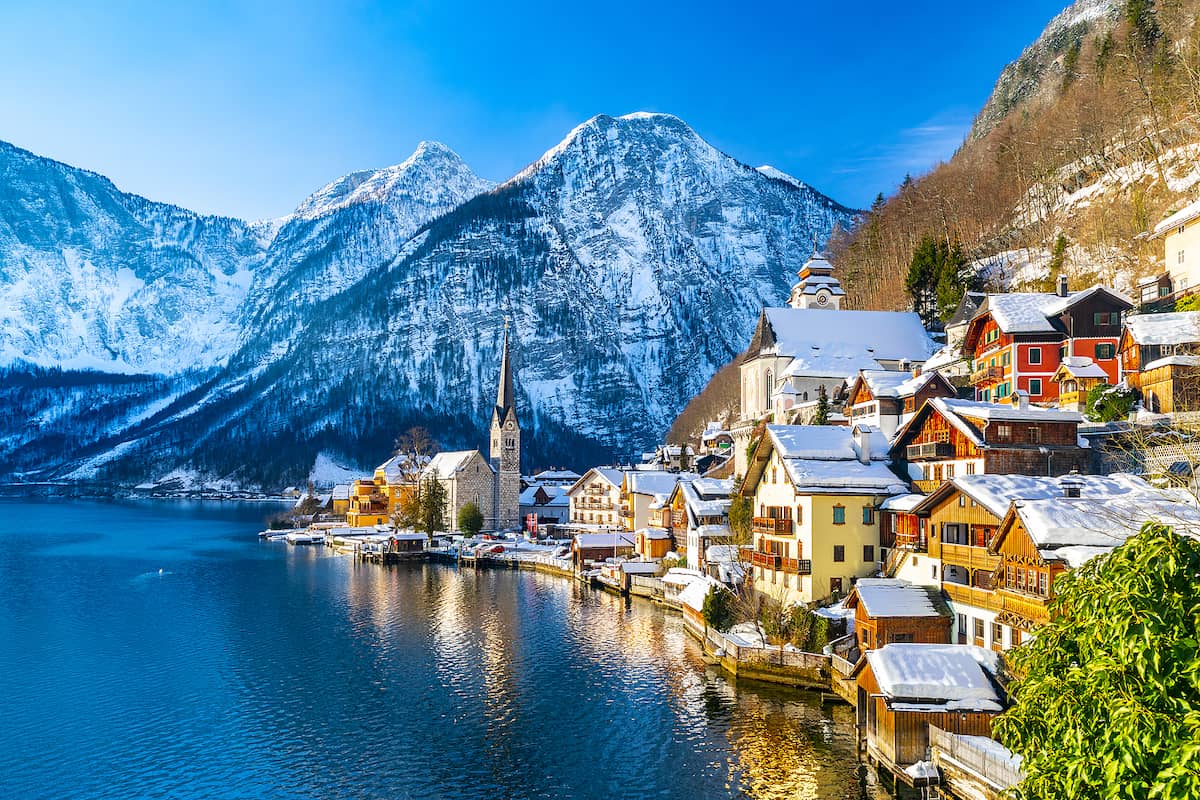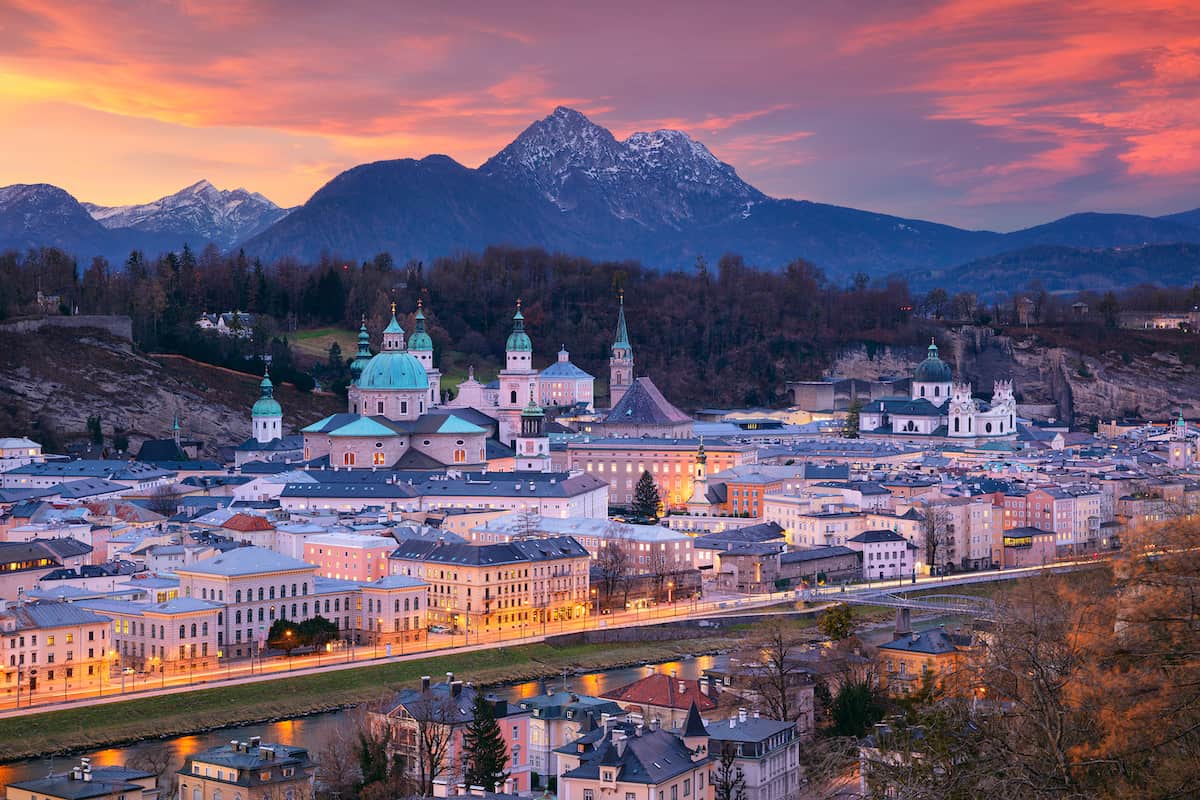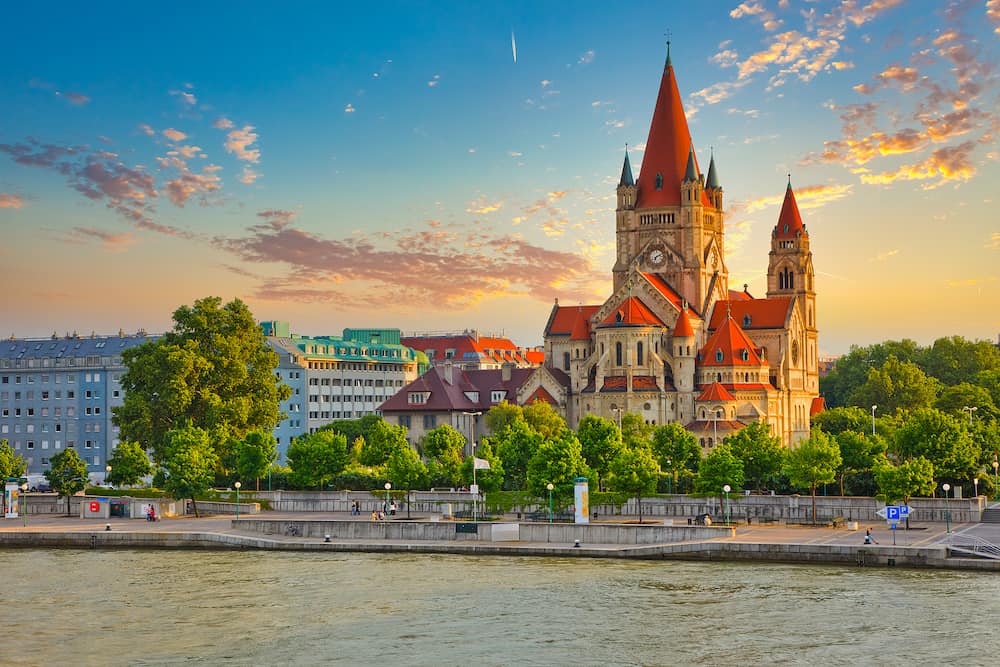Ultimate Travel Guide to Vienna
Vienna is a city with a rich artistic, architectural and intellectual legacy. The capital of Austria is full of elegance, history, and world-class attractions to be savoured and appreciated by those lucky enough to experience it.
As one of the world’s most liveable cities, Vienna certainly makes for an incredible holiday destination as well.
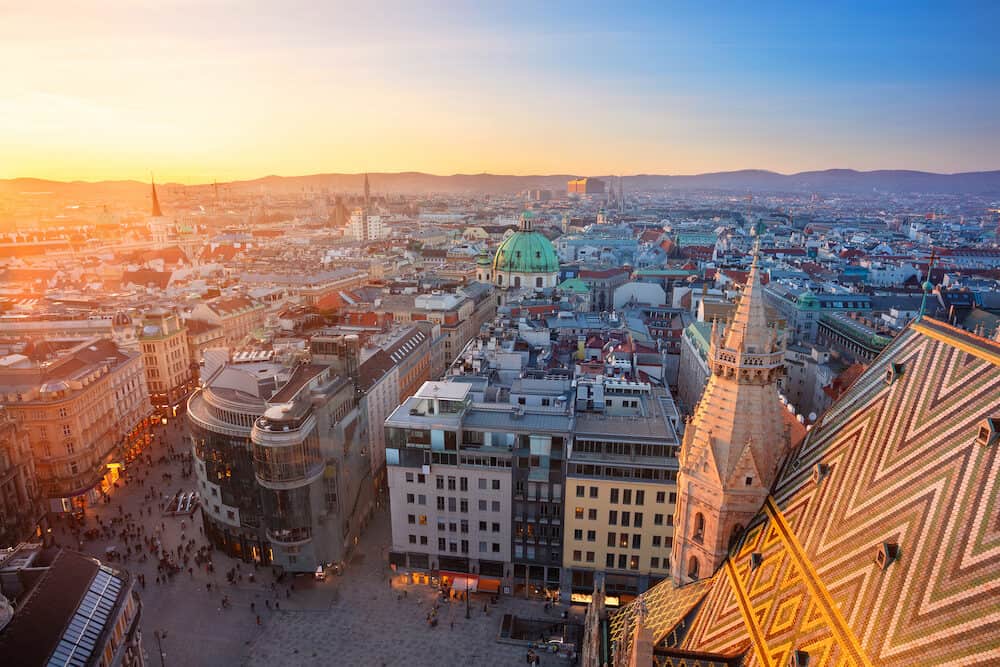
Planning a trip to Vienna, or curious about what there is to see and do there? This Vienna travel guide will take you through everything you need to know, including the best time to visit, what to do in Vienna, and how to get around while you’re there.
This ultimate travel guide to Vienna will show you all the most beautiful places in Vienna, what to expect when visiting, where to stay in Vienna and things to do in Vienna which will help you in planning a trip to Vienna.
Plan your trip
Save on fees abroad with the Wise Card—use it at ATMs, restaurants, and for flights or hotels in over 150 countries. Manage 40+ currencies in real-time with the Wise app.
Need Help Planning?
- Cheap Flights: Find the best deals.
- Accommodation: From hostels to luxury stays.
- Car Rental: Affordable options worldwide.
- Sightseeing Tours: Explore without breaking the bank.
- Travel Adapter: One adapter for all your needs.
- Travel Insurance: Don’t risk it—stay covered.
This post includes affiliate links. Read my full disclosure and content policy.
How to get to Vienna
Vienna International Airport (VIE) in Schwechat serves the city of Vienna, Austria. As the country’s largest airport, you’ll have no trouble finding flights to and from anywhere in the world.
Taxis, trains and buses are your three main options to make the 18-kilometre journey to the Old Town.
The City Airport Train (CAT) is the fastest route, taking only 16 minutes and costing €11 for a single ticket.
The public Schnellbahn S7 train is the most budget-friendly option, with a travel time of 25 minutes and a ticket price of about €4. A taxi takes 20 minutes and will cost you about €40, while the bus takes the same amount of time and costs only €8.
Coming from a neighbouring country? Catch a train from Bratislava or Budapest to Vienna Central Station, or get on a FlixBus in Prague.
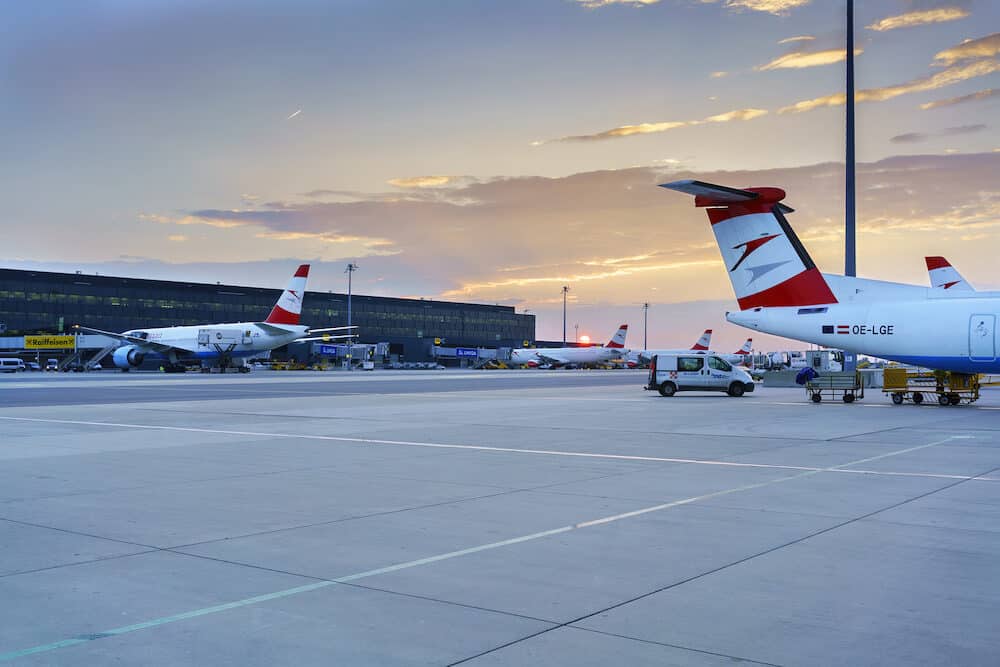
What to expect in Vienna
As Vienna is an Austrian city, German is the official language. The specific dialect is Wienerisch (or simply Viennese German), so if you speak German from another region, a little confusion may arise when conversing with the locals.
Fortunately, the most common foreign language in Vienna is English, and signs are usually written in both German and English.
While all children now learn English from an early age, be aware that many of the older population may not be comfortable speaking English or understand you well.
Austria is a member of the European Union, therefore the euro is used throughout Vienna. Tipping is very common, so always leave anywhere between five to 15 per cent of the final bill, depending on the service received.
You should also tip a few euro to anyone else who provides a service to you.
How to get around Vienna
Vienna has a comprehensive public transport system, including the U-Bahn underground trains, trams, day and night buses, and the S-Bahn railway. The U-Bahn is fast and efficient, and trams reach all the areas not covered by trains.
You’ll never have to worry about how to get from one attraction to the next, as there’ll be at least one mode of transport available.
To make things easiest, you can add a Travelcard when you purchase your Vienna PASS. This extra card grants you free rides across the city’s public transport network, so you’ll never need to carry change for tickets or worry about purchasing other passes.
The only thing the card isn’t valid for is travel to and from the airport, so that’s something to be aware of. Your Travelcard will be valid for 24, 48 or 72 hours and activated from first use.
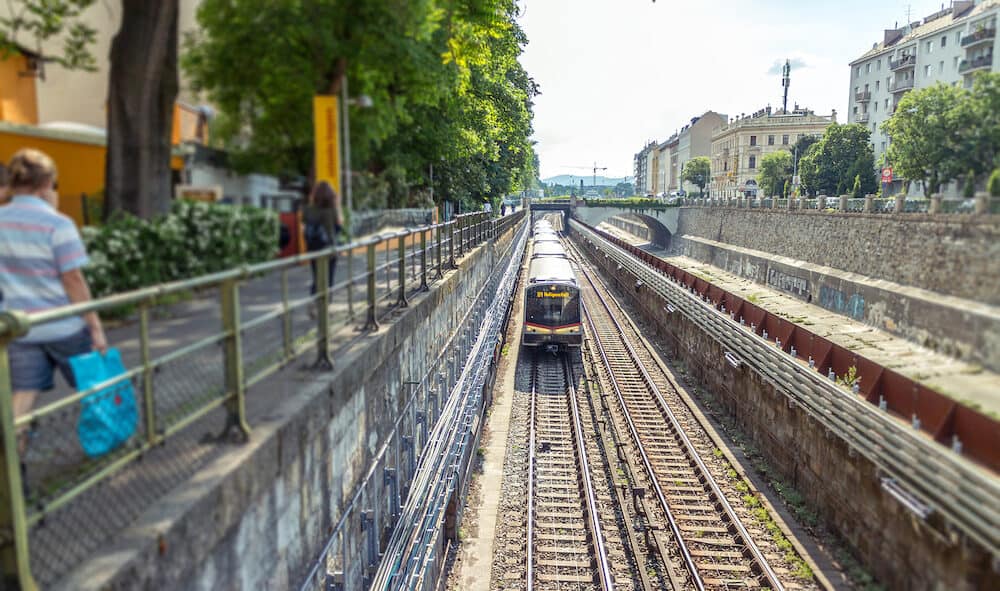
The best time to visit Vienna
April, May, September and October are the best months to visit Vienna. The mild weather and moderate crowds during spring and autumn make either season ideal for a relaxed, pleasant trip to the Austrian capital.
If you know you’ll only have a few days in the city, you’ll appreciate not having to wait in long lines to see busy attractions.
If you don’t mind paying more for your hotel room or dealing with the increased crowds, summer is a wonderful time to experience Vienna as well.
The typical temperature in July and August is a warm and sunny 25°C, while the shoulder months average between 15 and 20°C.
If you love the snow and the spirit of the holidays, you’ll definitely enjoy Vienna during the winter.
The city hosts a magical series of Christmas Markets throughout November and December that draw in fellow tourists from all around the world.
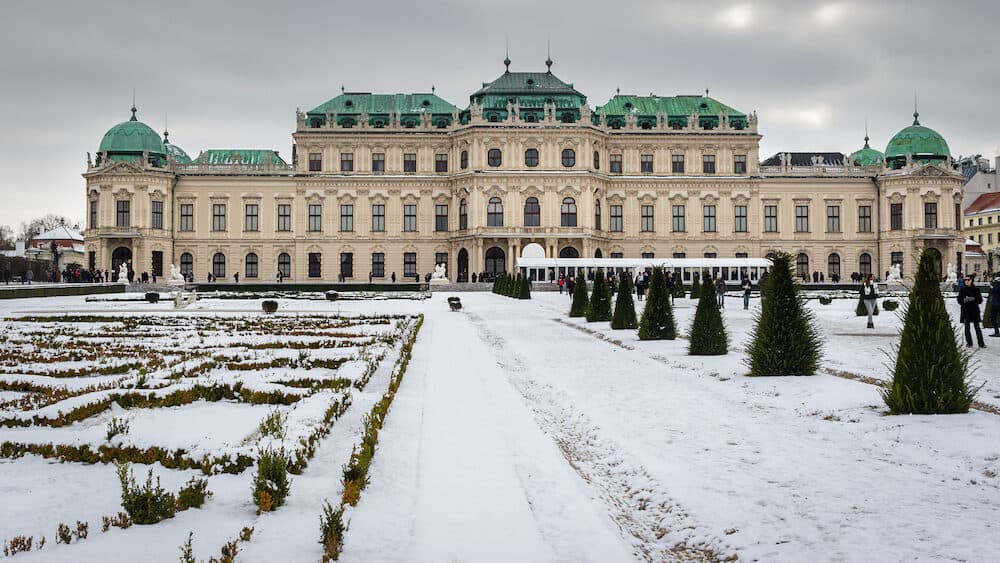
Things to do in Vienna
Innere Stadt is the central district of Vienna. Within Innere Stadt, you’ll find a ton of top historic attractions. Also known as the Old Town, the area is marked by the Ringstrasse Boulevard.
The Ring Road took the place of the city’s walls, which were dismantled during the middle of the 19th century. The road itself is considered an attraction for its beauty and mixture of architectural elements.
Here are some of the best Vienna attractions you’ll find within the Old Town:
Hofburg Palace
As the former imperial palace of the Habsburg Dynasty, the Hofburg Wien is one of Vienna’s most frequented attractions. While initially constructed in the 13th century, there have been various expansions since, including the addition of the imperial library, the treasury, and the imperial chapel.
Made up of 18 buildings and over 2,600 rooms, it’s unfortunately not possible to see it all in one day. Not to mention, the Hofburg Palace is currently the residence of the Austrian president, so there are certain areas that aren’t open to the public. Regardless, what you are able to see will truly captivate you!
The visitor sections are divided into three main areas: the Imperial Apartments, the Sisi Museum, and the Silver Collection.
Focus on one of these attractions or visit all three! Of the apartments, Franz Joseph’s dining room and circle room are standouts for their exquisite decor. Empress Elisabeth’s living room is also considered one of the most beautiful spaces at the Hofburg.
At the Sisi Museum, get to know Empress Elisabeth further with over 300 of her personal artefacts. Finally, the Silver Collection holds over 7,000 items from the Imperial Court.
Ceremonial tableware, gilded bronze centrepieces and East Asian porcelain collections are all on display.
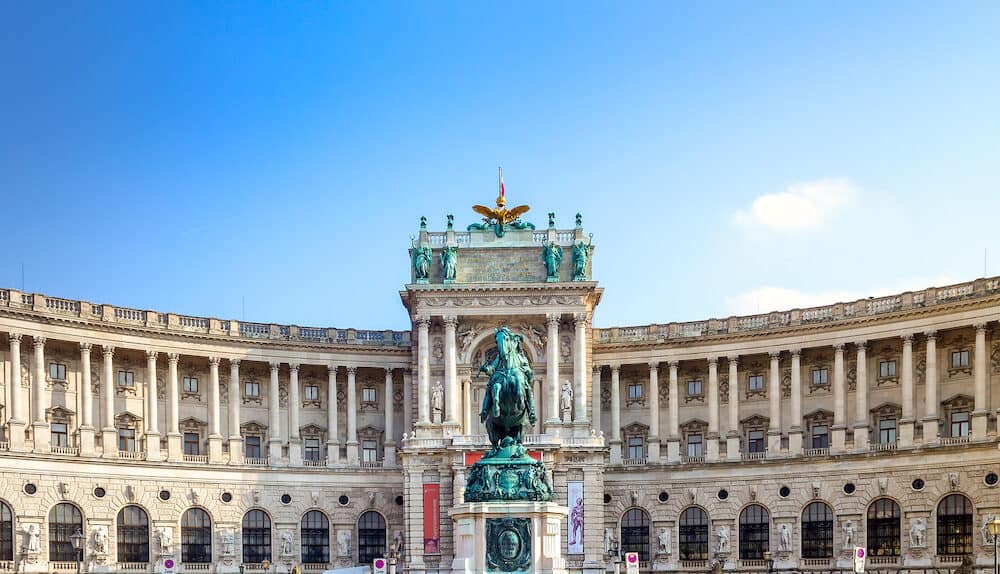
Saint Peter’s Church
The Peterskirche, aka Saint Peter’s Church, is a Roman Catholic parish church in the heart of the Old Town. The Baroque building was consecrated in the 18th century on the site of a previous medieval church.
Its dome was the first of its kind in Vienna, inspired by Saint Peter’s Basilica at the Vatican. The golden stucco and beautifully painted frescoes create a rich and interesting interior.
At the turn of the millennium, renovation returned the church and its paintings to the original brightness and quality.
At night, treat your eyes and ears to a classical music concert inside the church. Performed by the Classic Ensemble Vienna, you’ll hear pieces by Mozart and Vivaldi from the seats of the church vaults.
It’s one of the best things to do in Vienna in winter when you’re eager to escape the cold but don’t want to just stay inside your hotel.
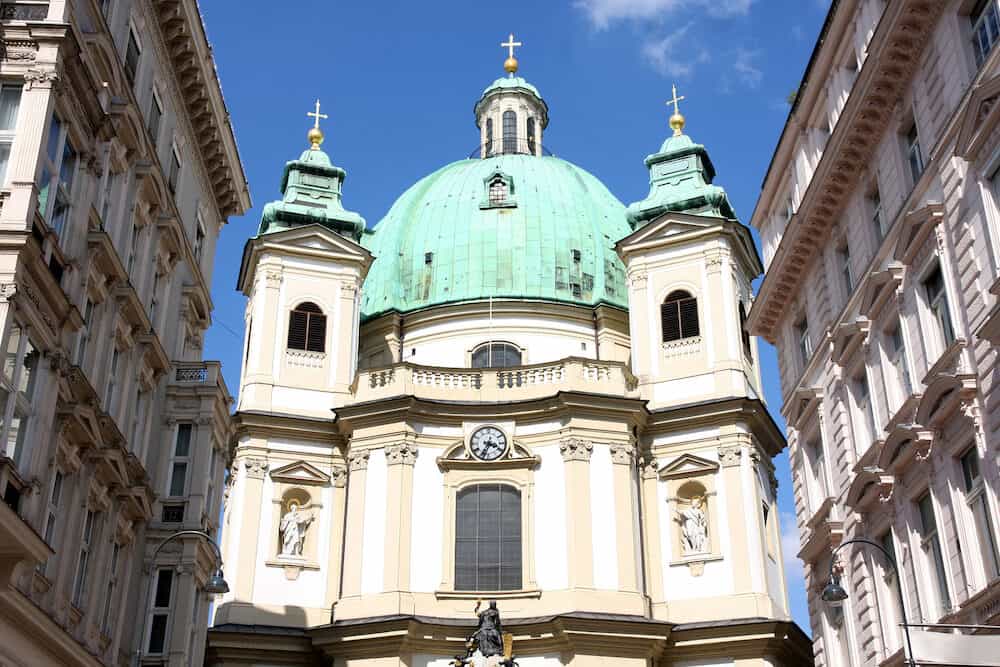
House of Music
The Haus der Musik is Austria’s very first museum of music and sound. The exhibition space uses interactive multimedia presentations to teach you about the very early history of music from around the globe.
Fun and innovative, you’re sure to be entertained from start to finish no matter your age. Head to Annagasse near the Annakirche Catholic Church to start your journey into the world of music.
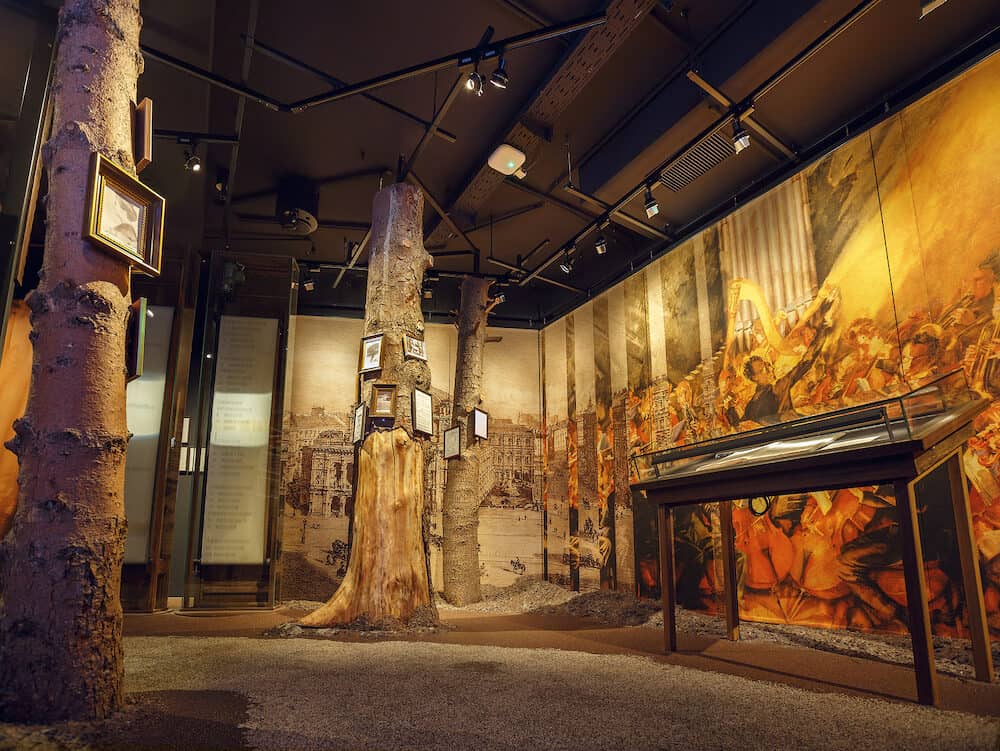
Stadtpark
One of Vienna’s most luscious outdoor spaces is Stadtpark. This large natural area is split in two by the Wienfluss river, meaning one section is within the Old Town, while the other is in the district of Landstraße.
Monuments of famous Viennese figures are found throughout the 65,000-square-metre park, including Franz Schubert and Andreas Zelinka.
The opulent Kursalon music hall is also within the park. The lawns are a popular spot for locals to enjoy a picnic with loved ones and take a relaxing break away from daily life.
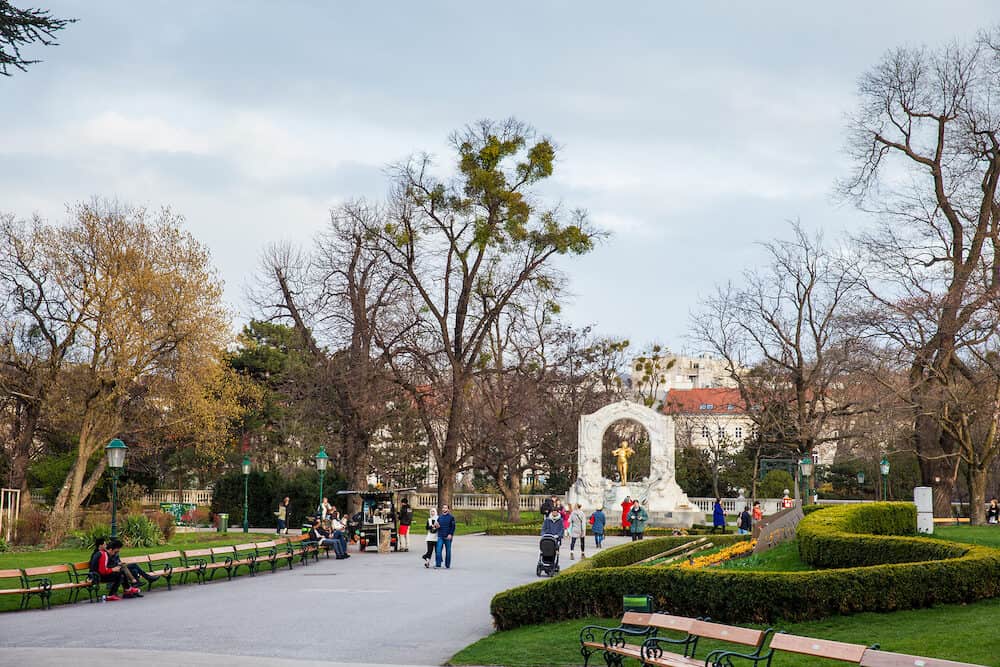
Vienna Opera House
If you’re searching for things to do in Vienna at night, look no further than the Wiener Staatsoper, aka the Vienna State Opera.
Performances at the extravagant Renaissance revival building began in 1869, and each new season features over 60 different operas and ballet performances.
There’s a full programme online (including an English version, thankfully) for you to find out what’s on and decide what you might like to see.
While you’re waiting for the show to start, marvel at the delicately-adorned marble staircase and the intricate ceilings of the lobby.

Museum of Natural History
The Natural History Museum in Vienna is one of the most important museums of natural history in the world. Within its 39 exhibition rooms are over 100,000 objects presented to the public, though scientists and researchers have access to over 30 million items.
Its most unique objects include the Steller’s sea cow, extinct for over 200 years, and the 29,000-year-old Venus of Willendorf figurine.
You’ll also find the world’s oldest and largest collection of meteorites, and a Digital Planetarium that details the wonders of the universe through fulldome presentations (available in English and numerous other languages). Simply put, this is a fascinating museum that can’t be missed!
There are plenty more things to do in Vienna outside of the Old Town as well.
As mentioned earlier, the public transport system in Vienna is second to none, so venturing out a little further to see these sights will be a breeze.
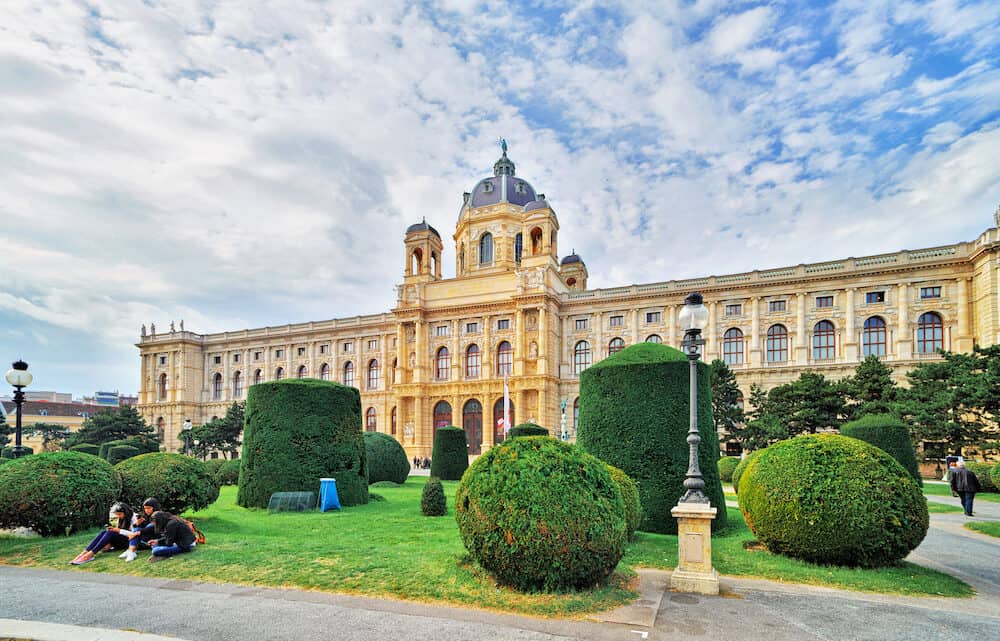
Schönbrunn Palace
The former summer residence of the Habsburgs is an extravagant, 1,441-room palace in the district of Hietzing.
The Baroque-style Schönbrunn Palace (or Schloss Schönbrunn) is a significant cultural, historic and architectural monument in Austria, and has been a filming location for numerous television and film productions since the 1950s.
The palace reflects the changes of the dynasty over six centuries through virtual exhibitions and displays of rare objects.
Within the greater Schönbrunn Palace Park is is the Palmenhaus, a stunning large greenhouse with over 4,500 plant species, and the Wüstenhaus, a botanical exhibit dedicated to desert plants.
You may enter the park gates free of charge, though visiting the attractions require individual tickets.
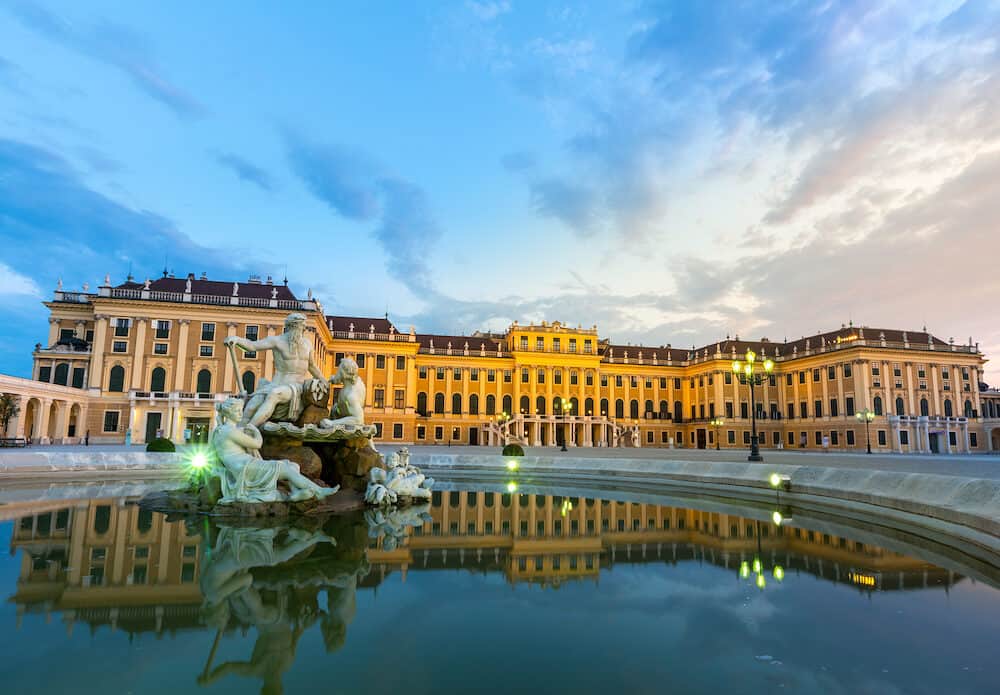
Prater
The Prater is a big public park in the Leopoldstadt district, though the name is commonly used to refer to the Wurstelprater amusement park.
There’s no cost to enter the park, as the attractions and establishments are owned by local families, so you can wander freely and see what’s around.
There are typical rides like bumper cars, roller coasters and ghost trains, as well as souvenir shops and Viennese restaurants.
While the amusement park is only open from March to October, the Wiener Riesenrad Ferris Wheel is open year-round.
The Giant Ferris Wheel is 65 metres tall and offers a beautiful view of the Danube River below. Built in 1897, it has become a permanent feature of Vienna’s skyline.
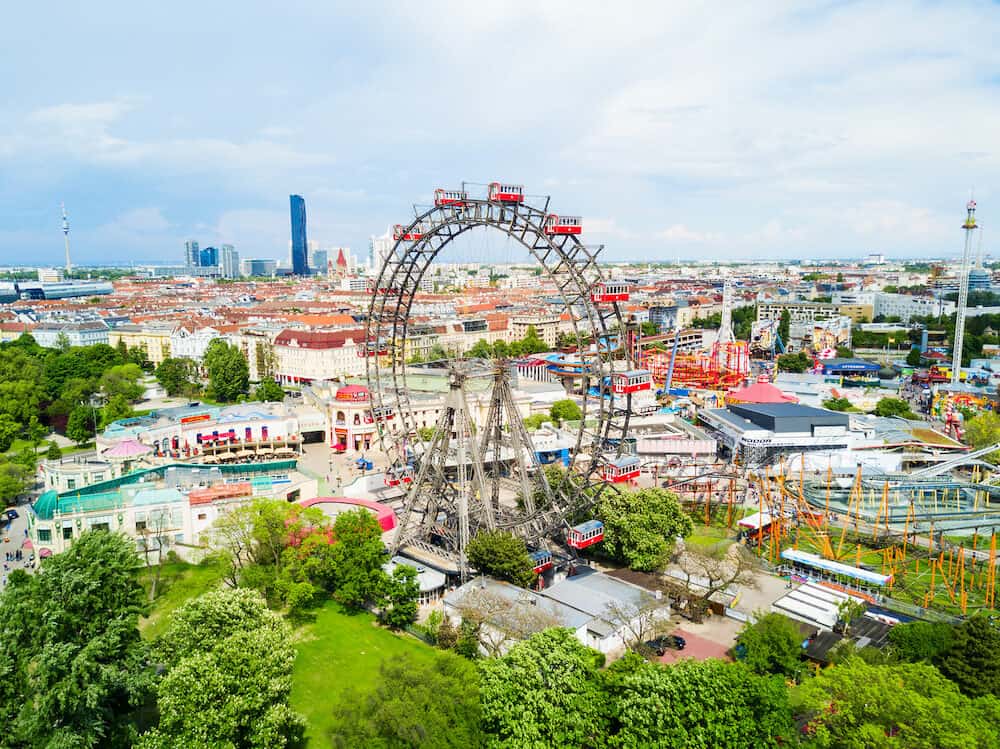
Sigmund Freud Museum
Having lived, studied and worked in Vienna, Sigmund Freud had a significant impact on the city’s intellectual society.
The Sigmund Freud Museum was founded in 1971 at the site of his former residence at Berggasse 19. See his old private quarters and former practice, which holds 35,000 volumes of psychoanalytic research.
Until May of 2020, you can catch the Moving Freud Museum exhibition daily at Berggasse 13 and Liechtensteinstraße 19.
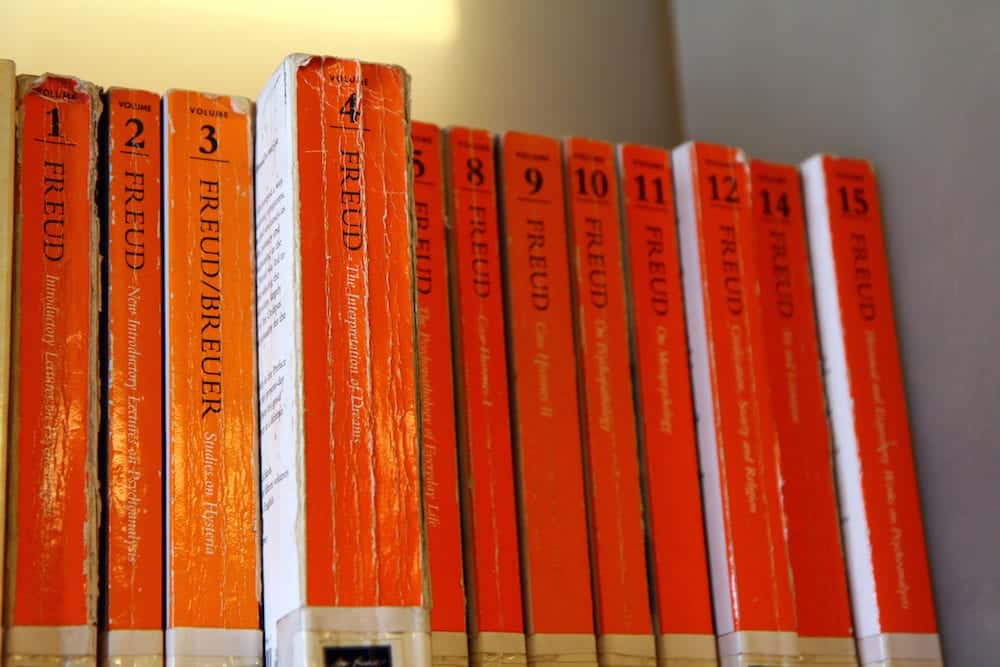
Hundertwasser House
One of Vienna’s newer architectural highlights is the Hundertwasser House, designed by Austrian artist Friedensreich Hundertwasser.
This expressionist building was constructed between 1983 and 1985, and features undulating floors and large trees growing from the inside.
The front facade is made up of bold and colourful mismatched blocks, and the roof is covered with grass.
Even though visitors are not permitted to enter inside, the house is truly one of the most unique and interesting attractions to visit in Vienna.
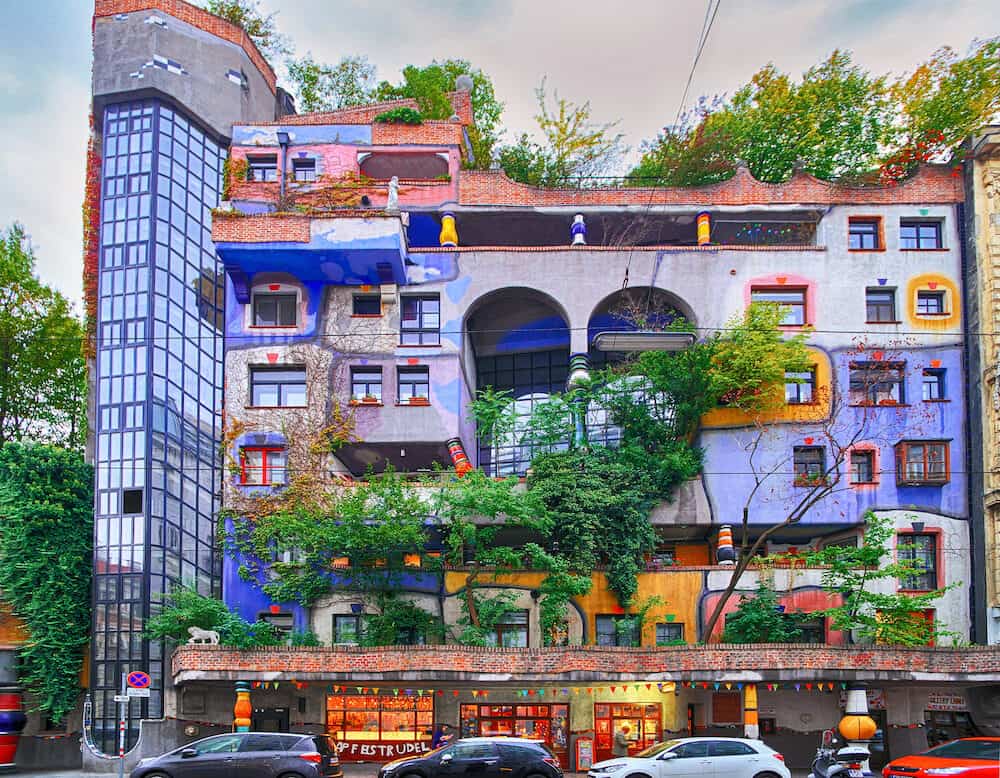
What to eat in Vienna
Typical Vienna food is not too different from Austrian cuisine, though there are always small, local variations to traditional favourites. Here are some of the dishes you must try when you travel to Vienna, Austria:
- Apfelstrudel: An apple strudel pastry that became popular throughout the Austro-Hungarian Empire
- Germknödel: A fluffy dessert dumpling made of yeast dough, filled with spiced plum jam, and served with poppy seeds, sugar and melted butter
- Wienerschnitzel: A thin veal cutlet, breaded and pan-fried, and a national Austrian dish
- Fiakergulasch: A goulash-like dish served with a fried egg, fried sausage and knödel dumplings
- Tafelspitz: A classic Austrian dinner of boiled veal, served with horseradish and minced apples on either side
- Vienna bread: A light type of bread developed in Vienna, using cereal press-yeast for leavening

Where to stay in Vienna
If you’re after high-end Vienna hotels, a luxurious place to stay is the Grand Hotel Wien. The elegant decor and attention to detail of the rooms will transport you back in time to the 18th century while keeping all the best modern facilities available.
Only a few steps away from the State Opera House and the infamous Kärntner shopping street, the location is unbeatable too.
A fantastic mid-range accommodation option is Novotel Wien Hauptbahnhof. With chic and contemporary interiors, your stay is guaranteed to be comfortable and stylish.
The hotel is located in the Belvedere district outside of the Old City, right by Vienna Central Station.
For those adhering to a budget, MEININGER Hotel Wien Downtown Franz is great value for money. Located between the Donaukanal and Augarten Park, the hostel is in the peaceful yet trendy Leopoldstadt district.
There are spacious double-bed and twin rooms if you prefer your privacy, or three-bunk dorm rooms if all you need is a bed to sleep in. Another great budget option is Airbnb.
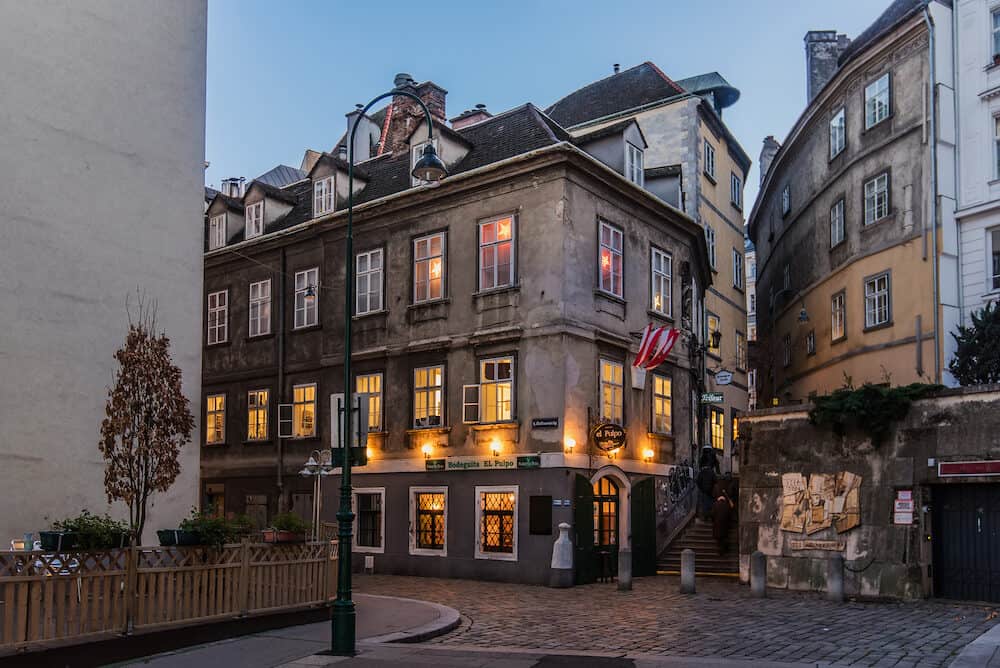
Tours to do in Vienna
The most thorough Vienna sightseeing adventure is a walking tour. The classic small group walking tour covers the city’s highlights, including Hofburg Palace, Saint Stephen’s Cathedral and Graben Street.
In two hours, you can learn a ton about the city’s history and culture from your knowledgeable guide.
Of course, there are other more unique walking tours as well. On a two-hour-long adventure, you can relive the famous 1949 British film ‘The Third Man‘.
Retrace the steps of Orson Welles as you wander the city, being taken to all of the best filming locations and gaining an insight into the attractions that inspired the film.
There are also walking tours for exploring the food, coffee and market scene in Vienna. Over four hours, you can eat, drink, and sample a range of delicacies at the open-air markets, and maybe even make a few new friends.
While you’re organising your walking tours in advance on Viator, you can also book an evening of classical music.
A couple of your options include a one-hour concert of Vivaldi’s Four Seasons at Karlskirche and two-hour performances of Mozart and Strauss at the Kursalon.

Day trips from Vienna
One of the top things to do while in Vienna is to go on day tips from Vienna such as wine-tasting tour. Group bike tours last between nine and 11 hours, as you spend time riding through the scenic Wachau Valley.
You won’t be biking the whole way and back, however, as transport via train is included between Vienna and Krems an der Donau.
You’ll stop by family-run wineries, and have the chance to purchase lunch at a typical Austrian restaurant.
After you sample a range of the region’s best wines, you can explore the small town of Dürnstein, swim in the Danube River, and visit Kuenringer Castle.
You might also enjoy a day trip to the village of Hallstatt. A 12-hour small group tour will take you to some of the filming locations from ‘The Sound of Music‘, including the serene Lake Attersee.
An enjoyable drive through the outer woods of Vienna will give you a chance to see some of the Austrian Alps on the way.
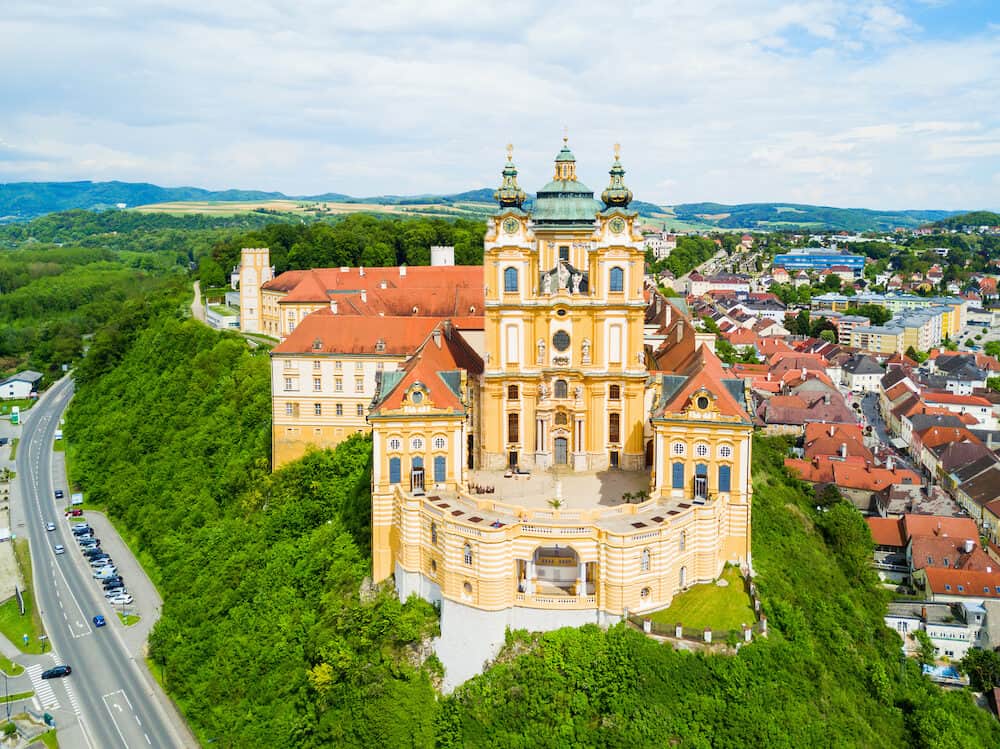
Recommended tours in Vienna
- Wine Tasting Bike Tour departing Vienna
- Wachau Valley Small-Group Tour and Wine Tasting from Vienna
- Wachau Valley Winery Small-Group Bike Tour from Vienna
- Vienna Pass Including Hop-On Hop-Off Bus Ticket
- Classical Concert in Vienna’s St. Anne’s Church: Mozart, Beethoven, or Schubert
- Budapest Full-Day Trip From Vienna
- Vienna Walking Tour: In the Footsteps of ‘The Third Man’
- Vienna City Classic Walk with a Small Group
- Vivaldi Four Seasons Concert at St. Charles Church in Vienna
- Kunsthistorisches Museum Vienna and Imperial Treasury of Vienna
- Small-Group Schönbrunn Palace Half-Day Tour with a Historian Guide
- Hidden Gems in Vienna Inner City Private Walking Tour
- Belvedere Palace 2.5-Hour Small-Group History Tour in Vienna
- Christmas Special Vintage Photo Tour with a Polaroid Camera in Vienna
- Small-Group Day Trip from Vienna to Hallstatt
- Classic Food Tour of Vienna
- Museum Hundertwasser Entrance Ticket at the Kunst House Wien
If you’d like to save it for later, please save it to Pinterest.
